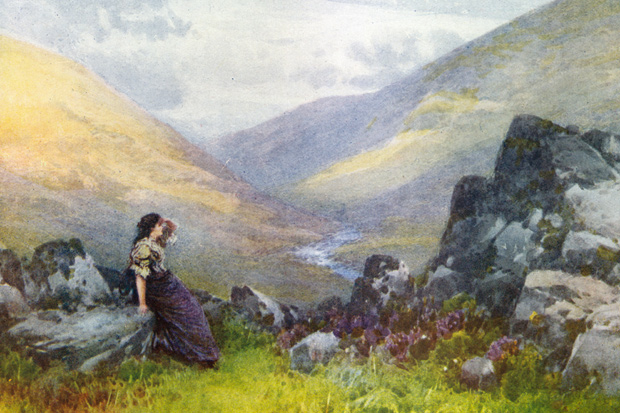‘No, no’ I said, when The Spectator’s literary editor rang up, ‘I’m sure you must be able to find someone who really wants to read another postcolonial analysis of the figure of the North African in English literature.’ But the book turned out to be about the other kind of moor, so I said yes, though not without some anxiety that it might be like Eeyore’s Gloomy Place: Rather Boggy and Sad.
Luckily, William Atkins’s book, though it acknowledges that moors can be bleak, isolated and unforgiving, especially for permanent residents and those scraping a living off the land, is on the whole quite cheerful. It is a series of affectionate local history sketches, strung together as a journey from Bodmin Moor in Cornwall to Otterburn in Northumberland (Wales and Scotland do not feature).
He begins with his GCSE geography project on the moor behind his parents’ house in Bishop’s Waltham in Hampshire where he spent his ‘dusks after school and … before-school dawns, and every weekend, and every holiday’, watching the wildlife and monitoring the water level.

Get Britain's best politics newsletters
Register to get The Spectator's insight and opinion straight to your inbox. You can then read two free articles each week.
Already a subscriber? Log in






Comments
Join the debate for just $5 for 3 months
Be part of the conversation with other Spectator readers by getting your first three months for $5.
UNLOCK ACCESS Just $5 for 3 monthsAlready a subscriber? Log in